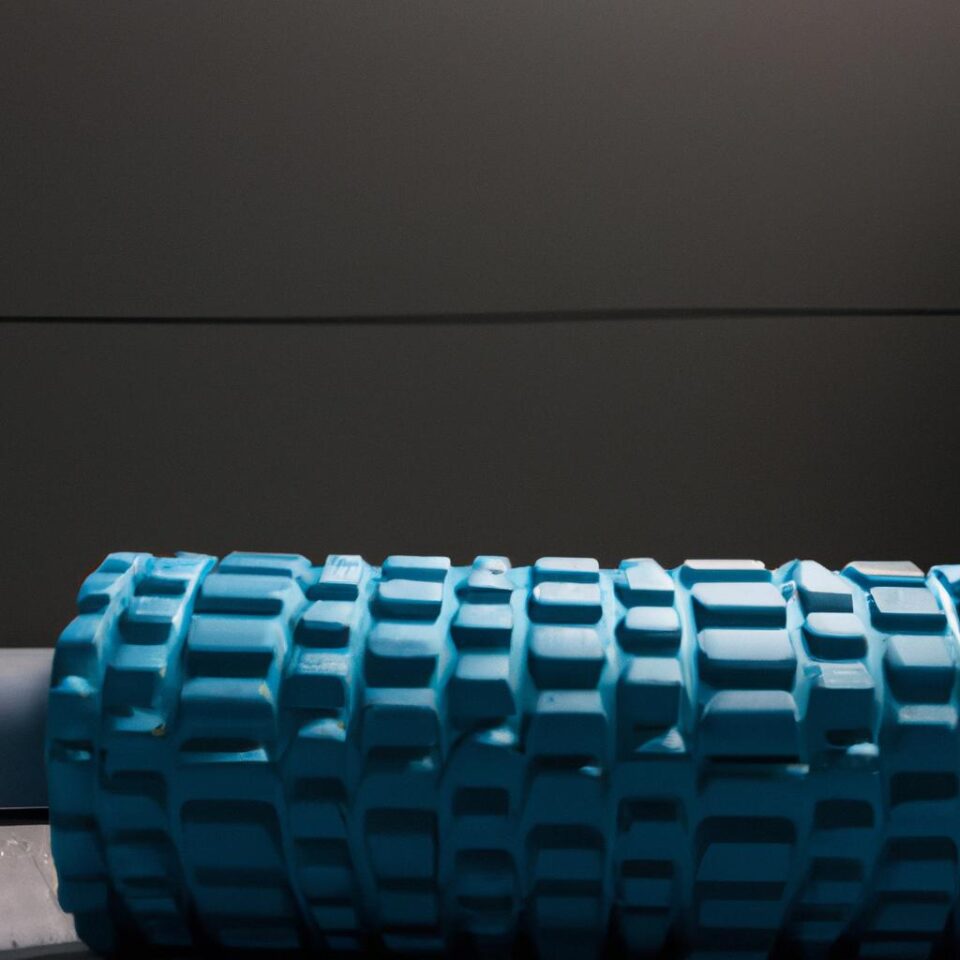Introduction: Stretching for Back Pain Relief and Spinal Health Benefits
Living with chronic back pain can be very difficult and uncomfortable. Fortunately, there is a natural and non-invasive way to alleviate the discomfort: stretching! Regular stretching can help reduce pain, increase mobility and flexibility, and improve spinal health.
In this guide, you will learn about the various types of back pain, how stretching can help relieve back pain, essential postural tips to keep the back healthy and comfortable, key back stretches for pain alleviation, and the benefits of incorporating stretching into your lifestyle.
Overview of Common Types of Back Pain
Back pain is one of the most common ailments among adults and it can take a multitude of forms. It is often caused by an underlying health issue or a muscle or joint injury, and finding the root of the pain is the first step to finding relief.
Common types of back pain include:
- Sciatica: A sharp pain that runs along the sciatic nerve, commonly felt in the lower back and buttocks.
- Muscle Spasms: Muscles contract and tighten due to overuse, stress, or an injury.
- Herniated Discs: Occurs when the soft material that cushions the discs between your vertebrae pushes out and compresses a nearby nerve.
- Osteoarthritis: A degenerative joint disease characterized by the breakdown of joint cartilage.
While it is important to identify the type of back pain you are experiencing, understanding the underlying causes can help to further pinpoint the source and can be the key to finding relief. Common underlying causes of back pain may include poor posture, being overweight or obese, weak core muscles, lack of exercise, or an injury.
Stretching for Back Pain Relief: Benefits and How It Improves Spinal Health
Stretching can be an effective way to reduce back pain and improve spinal health. Stretching helps to strengthen and lengthen the muscles and tendons in the back, taking pressure off the spine and reducing tension, stiffness, and soreness. Not only can it help those currently suffering from back pain, but it can also serve as a preventative measure against developing it in the future.
When carried out correctly, stretching can have a positive effect on our posture, flexibility, range of motion, and coordination, all of which contribute to better back health. Stretching increases blood circulation that helps to nourish the spine and other tissues. This in turn promotes healing and reduces inflammation and pain associated with certain conditions.
Proper stretching techniques also play a role in reducing stress and tension caused by everyday activities or a sedentary lifestyle. Stress and tension can cause tightness in the muscles, further worsening any existing back pain.
Incorporating stretching into your lifestyle can provide long-term relief from back pain and offer protection from developing symptoms in the future. It is important to learn how to properly perform stretches in order to maximize their benefits.
Essential Postural Tips for Spinal Health
When suffering from back pain, it is essential to understand the importance of correct posture. Keeping the back in an optimal position can help to reduce stress and pressure on the spine, contributing to better overall spinal health. In order to maintain proper posture, there are several key tips you should adhere to:
- When sitting, ensure that your feet are flat on the floor and hip distance apart. Your lower back should be supported by a lumbar support cushion.
- Maintain a neutral or natural pelvis position and even distribution of weight. You should also keep the shoulders relaxed and slightly back.
- Avoid slouching forward while sitting or standing. Instead, pull the stomach in and keep the chest lifted.
- When sleeping, lie on your side with your knees slightly bent to prevent putting too much pressure on the lower back.
- Use proper technique when carrying items. When lifting light or heavy objects, always bend at the hips and knees while keeping the back straight.
Incorporating these postural tips can reduce strain and help keep the back in an optimal position. It also helps to practice mindful posture checks throughout the day to make sure you’re not slipping into bad habits.
Key Back Stretches for Pain Relief
Stretching can be an incredibly effective way to alleviate back pain and improve spinal health. It is important to understand how to perform the correct stretching exercises to ensure maximum benefit.
Below are a few key back stretches that should be included in any stretching routine for back pain relief:
- Child’s pose: Begin on your hands and knees, spread your knees as wide as possible, while keeping arms shoulder-width apart. Slowly lower your torso towards the ground, forehead resting on the floor or a yoga block. Maintain a peaceful breath, and hold for 1-3 minutes.
- Cat/Cow: Start on all fours, keeping wrists underneath of shoulders and knees beneath hips. Inhale slowly, arching your spine and lifting the chest, and look up towards the ceiling (cow). Exhale, drawing your navel towards your spine and rounding your back (cat). Repeat this 10 times.
- Knee to Chest: Lie down on your back with your feet planted on the ground. Raise one knee to your chest at a time, holding for 20 seconds while diaphragmatically breathing. Release and repeat on alternate leg.
- Deep Glute Stretch: Stand with feet hip-width apart, and cross one ankle in front of the other. Bend forward from hips and reach for opposite toes or the floor. Hold for 1 minute and switch sides.
- Cobra Pose: Lying face down, place your palms under the shoulders and press downwards as you lift the chest off the floor. Maintain a gentle arch in the back and engage your core. Hold for 30 seconds and repeat 3 times.
Performing regular stretches for back pain relief can greatly reduce your discomfort, as well as improve your spinal health. These exercises can help you achieve greater mobility and flexibility, and longer lasting relief.
Benefits of Incorporating Stretching into Your Lifestyle
We all know how important it is to stay active and incorporate regular exercise into our lifestyle, but did you know that stretching can be just as beneficial? Specifically, stretching can help promote healthy spinal alignment even when you are not suffering from back pain.
When done correctly, stretching helps relax tight muscles, tendons, and ligaments that might otherwise be causing excess strain on your spine. It also helps improve your posture, reduce stress, and ease tension in the back muscles and joints.
Regular stretching can also improve your flexibility and range of motion, which can ultimately reduce the risk of developing back problems in the future. It can also support your body better while you walk, sit, and stand, which can improve and maintain spinal health overall.
Stretching has been proven to be one of the best remedies for chronic back pain. Since most cases of back pain are caused by tightness or tension in the muscles, stretching can help alleviate this discomfort and help keep your spine as healthy as possible.
Incorporating stretching into your daily routine is a great way to take extra care of your body and promote better spinal health. All it takes is a few minutes every day to perform simple stretches that can go a long way in reducing pain and ensuring your spine remains in good condition.
Conclusion
We have explored how stretching can be beneficial in relieving back pain and improving overall spinal health. With mastering the techniques of different kinds of stretches, you can alleviate your back pains with ease. By incorporating proper postural tips into your lifestyle, you can gain the maximum benefit of stretching and ensure a healthy back for the long run. Stretching is one of the most efficient and cost-effective ways to reduce or eliminate your back pain.
Stretching offers numerous benefits for those suffering from back pain, including improved spinal alignment, increased flexibility and range of motion, and increased mobility. It’s not only a great way to relieve pain, but regular stretching also helps to prevent future episodes of back pain and injury. Utilizing stretching as part of a regular exercise routine and incorporating postural tips into daily activities can help to improve back health and reduce the risk of injury.
By following the stretches and postural tips outlined in this guide, you can find your way to a pain-free and healthier back. Stretching is easy to incorporate into any schedule and the results are quickly evident. So don’t wait any longer – start stretching today and improve your spinal health!
comments: 0

